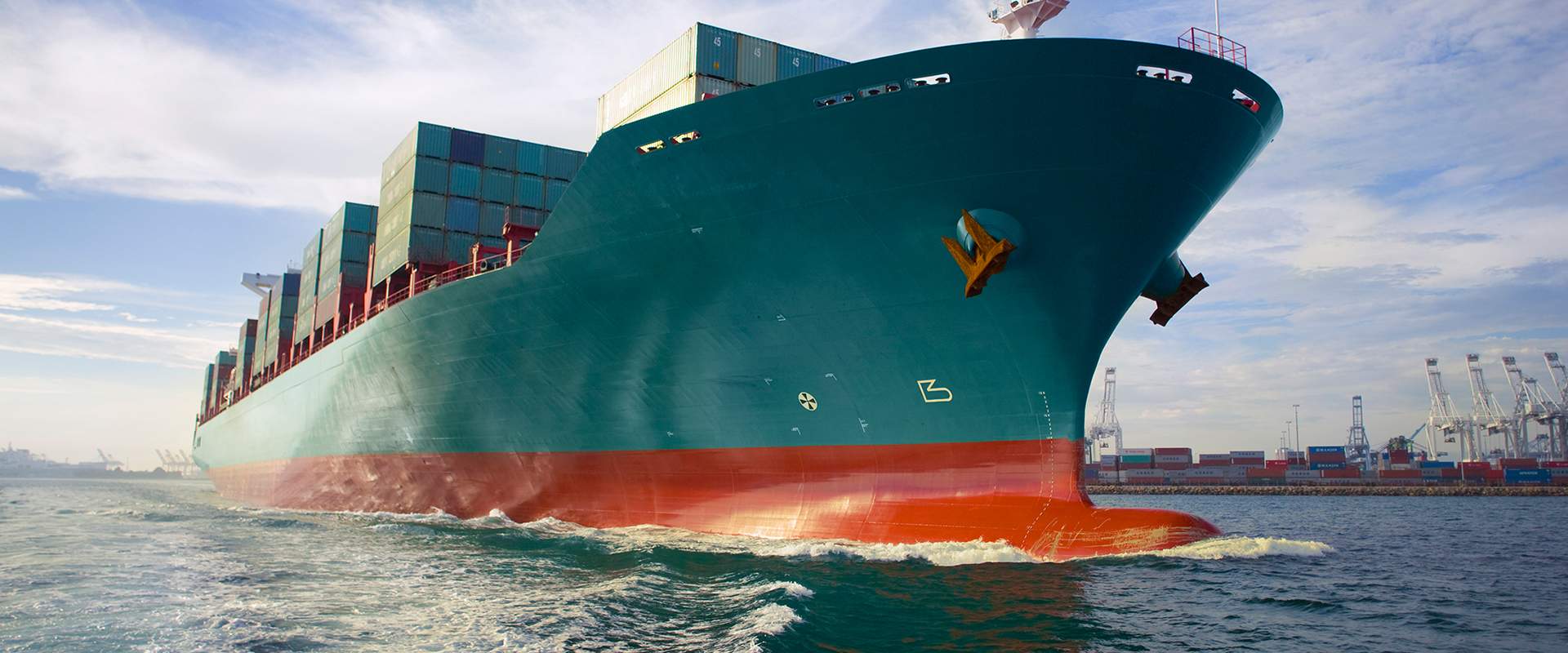
The Oil and Gas Industry in the Dawn of IMO 2020
- Volume XXI, Issue 58
- Executive Insights

On Jan. 1, 2020, the IMO’s new fuel regulation goes into effect, setting stringent limitations on sulfur content in marine bunker fuels.
Uncertainty will likely persist during implementation given the multiple options for compliance and the numerous jurisdictions responsible for enforcement.
Who will succeed and who will struggle with IMO 2020 depends on strategy — but also on where each player is in the production chain.
In this Executive Insights, we provide adoption pattern predictions, forecast the market evolution and discuss who will be at an advantage during the IMO 2020 implementation.
The oil and gas industry — already confronting a number of challenges related to the global push toward sustainability — is about to face one more.
On Jan. 1, 2020, the new fuel regulation of the International Maritime Organization (IMO) goes into effect. The IMO — a United Nations specialized agency responsible for the safety and security of shipping and the prevention of pollution by ships — is calling, via the new regulation, for stringent limits on sulfur content in marine bunker fuels.
But the implementation of IMO 2020 is complex. The regulation gives shippers multiple options, including noncompliance. As a result, its impact on the industry is difficult to predict. In all likelihood, big shipping companies will move quickly to comply and environmentally conscious regions like the U.S. and Europe will be quick to enforce. But other players and other regions are likely to lag.
In spite of the uncertainty, it’s safe to say that some scenarios are more likely than others. And the likely ones demand immediate consideration. Jan. 1 is not far off, and the time to get ready for IMO 2020 is now.
The goal of the IMO 2020 maritime fuel regulation is to mitigate the environmental impact of the shipping industry by reducing the sulfur content of marine bunker fuels. The regulation sharply limits sulfur content in bunker fuels used outside designated Emissions Control Areas — from 3.5% at present to 0.5% as of Jan. 1.
The regulation is one more element of a global regulatory push toward sustainability. Across the world, regulators are pushing the energy industry toward more environmentally friendly fuels. Some of these sustainability-related challenges have commanded a great deal of attention — for example, the implementation of biofuels and the worldwide shift toward electric vehicles. The new maritime regulation is part of that pattern.
But compared with those other developments, sustainability in the maritime sector has flown under the radar. The maritime sector is small and, therefore, easy to overlook. Other sectors, such as road transportation and petrochemicals, are a much larger part of global energy demand.
But the maritime sector is moderately growing, at a rate of 1.4% per year, thanks to global trade. And it is a major consumer of bunker fuels. Seventy-five percent of that consumption is heavy fuel oil (HFO), which is about to become noncompliant.
Given the maritime sector’s growth rate and consumption pattern, IMO 2020 is likely to impact demand and pricing for HFO throughout the value chain.
The implementation of IMO 2020 seems bound to cause uncertainty. This is unsurprising given the multiple options for compliance and the multiple jurisdictions responsible for enforcement (see Figure 1).
Compliance: The regulation allows shipowners to respond in a variety of ways. They can:
For shippers, there are advantages and disadvantages to each approach:
Enforcement: The IMO has no enforcement power of its own; it depends on local governments for enforcement. Jurisdictions are likely to respond in a variety of ways, with the most stringent enforcement in the developed world, while others may impose lower penalties or put shippers under less scrutiny.
Given these significant near-term uncertainties, is prediction possible? We believe that it is.
Despite the lack of clarity, it’s possible, via a combination of market research and insight based on past trends, to predict adoption patterns. Our analysis of industry surveys and data suggests that out of the gate, approximately 50% of shippers will switch to LSFO and a third will opt for noncompliance (see Figure 2).
We expect that compliance will be highest in the U.S. and Europe, which together account for 25%-30% of maritime traffic.
Many shippers say they are not ready for the deadline and expect that their compliance will be late, costly or both (see Figure 3).
To get a handle on the near-term shape of the market, industry players and investors should keep a close watch on how shippers respond and focus on these critical questions:
While there are also questions about how refiners will manage capacity, in general they seem to be better prepared than other value-chain participants. The ultimate impact of IMO 2020 on refiners is yet to be determined — the answer will depend on how shippers’ implementation strategies play out.
While we acknowledge the uncertainties, we can nevertheless predict that:
Industry participants need to know where they “sit” — and investors should take note of the impact on each value chain “node.” Implications for different players in the value chain will vary depending on how closely related they are to sourcing, production, use and distribution of fuels.
The first months after the implementation of IMO 2020 will bring more questions than answers. And the full impact of the new regulation will become clear only over time.
But while it’s tempting for the industry to focus more on higher-profile sustainability challenges, such as the electrification of road transportation and a continued push into biofuels, industry participants would be wise to keep a weather eye on the marine crude market. As we’ve seen, it’s likely to have a disproportionate impact on the crude oil value chain. Our advice is, watch this space — and be ready to act as the IMO 2020 picture becomes clear.